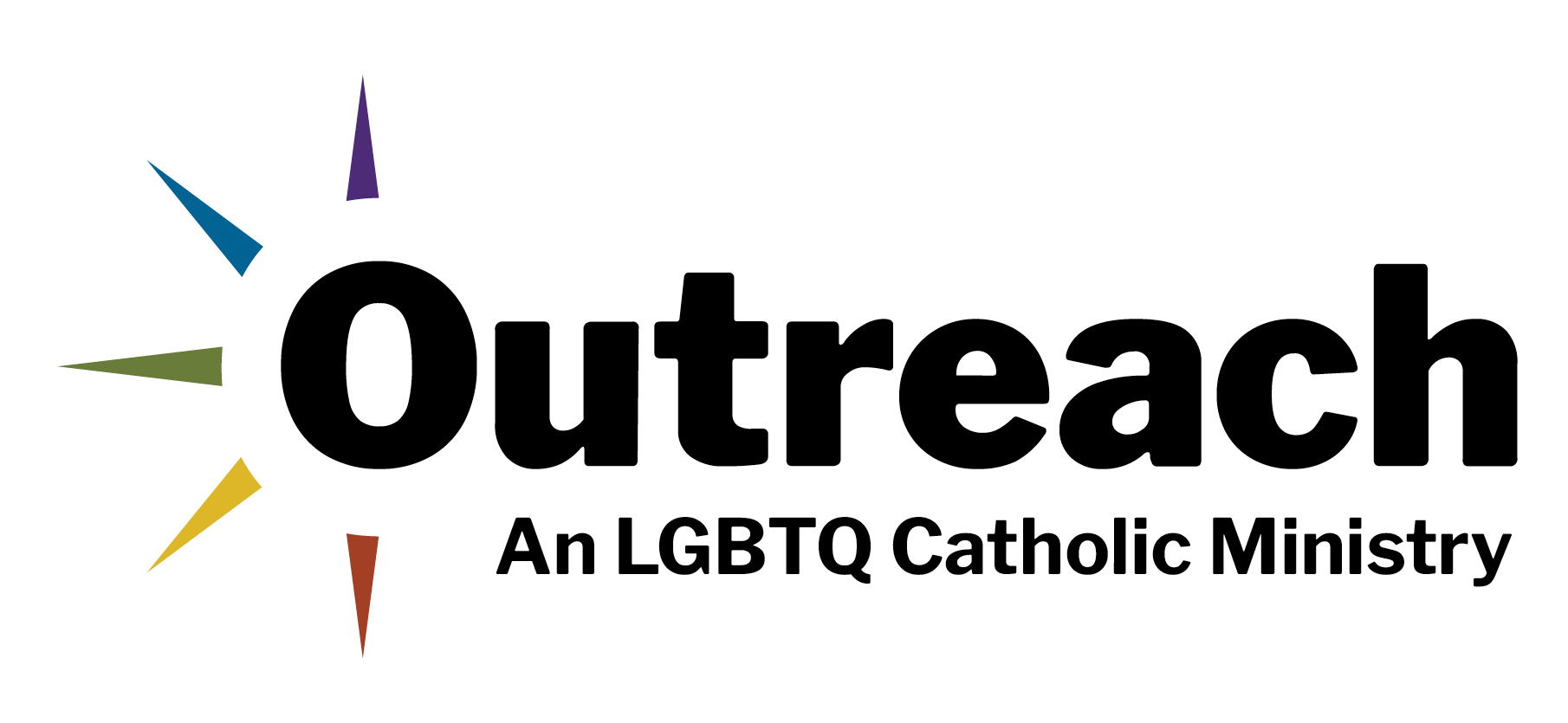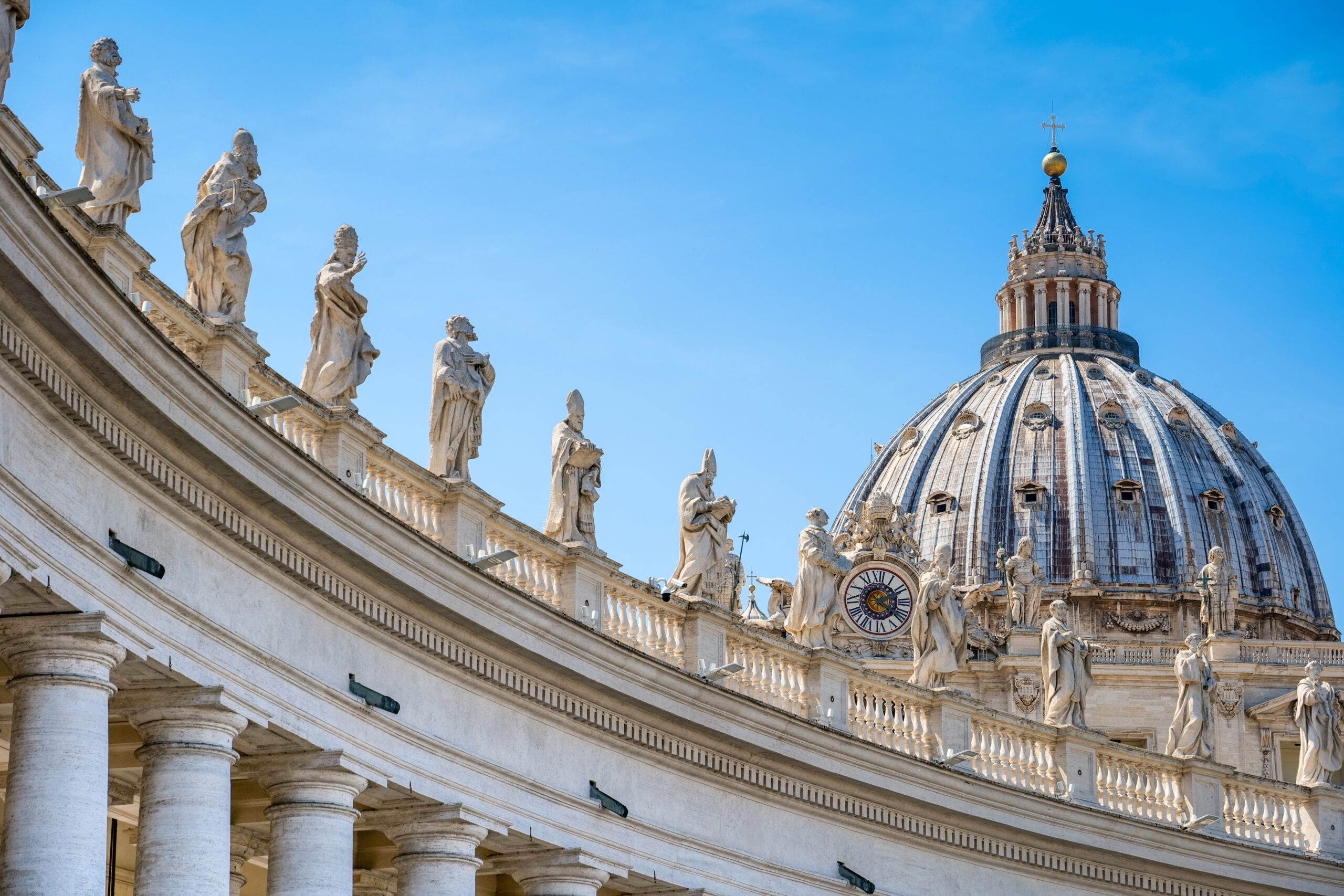Editor’s note: This article is part of our ongoing coverage of the Vatican declaration “Dignitas Infinita.” In a spirit of synodality, we have invited authors with a range of views on gender identity and its relation to Catholic teaching to present analysis and opinion. We invite you to read more of our coverage, including:
- “Dignitas Infinita” falters when it doesn’t practice what it preaches
- “Dignitas Infinita” asks the church to consider the experiences of transgender people
- Vatican condemnation of “gender theory” a moment of whiplash for LGBTQ Catholics
- As a transgender Catholic, I don’t see gender diversity as a threat to our faith
- Transgender Catholics call the church to listen, says this Franciscan sister
- Papal biographer: Vatican is right on gender theory, but the church must walk with transgender people
There is a lot in “Dignitas Infinita” that is salutary, but the sections exploring gender identity fail to engage in any meaningful way with the bodies of knowledge they seek to critique, which lessens the efficacy of the overall document. The first three sections reaffirm the church’s longstanding position that human persons have intrinsic dignity and value, and that—at least in principle—this is a universal fact that applies to every person independent of their identity, social location or behavior.
Last week, James Keenan, S.J., a moral theologian, offered some insightful commentary on the development of this concept in Catholic teaching, as well as noting the ways in which D.I. fails to live up to its stated purpose concerning the realities of some populations around the globe. Father Keenan draws attention to complex moral dilemmas such as the practice of polygamy in parts of Africa or the experiences of maternal surrogacy as illustrations when the “culture of encounter” that Pope Francis has championed may fall short in the document.
Either human dignity is universal and “infinite,” applying to everyone in their particularity, or it is not.
Unsurprisingly, the matters of “gender theory” and “sex change,” as presented in the fourth section of D.I., also pose several challenges to the ultimate coherence and intelligibility of this document, risking undermining its claim to authority on the matter of human dignity. Either human dignity is universal and “infinite,” applying to everyone in their particularity, or it is not. And the blanket denial or erasure of diverse contexts and experiences of human life would appear to suggest that there are, in fact, categories of persons to whom this notion of human dignity does not apply.
As Dennis Holstschneider, C.M. the president of the Association of Catholic Colleges and Universities, wrote in a recent article for Outreach, “Dismissals of people’s experience do not advance their dignity. Forcing individuals to hide their experience or to be shamed for their experience works against that dignity.”
Many commentators and scholars—including myself—have already noted that there is a glaring absence of the voices and experiences of gender-variant people in this document. Relatedly, D.I. does not use terms like transgender, nonbinary or intersex, although it seems to acknowledge the latter population with the crude reference to “person[s] with genital abnormalities that are already evident at birth or that develop later.”
Father Holtschneider argues that the absence of serious engagement with these communities—about whom this document will have a significant impact—may serve as an invitation to “consider the experiences of transgender people.” I fully agree.
As a cisgender man (someone whose sex assigned at birth aligns with my gender identity), I am in no position to represent the personal experiences or tell the stories of my transgender, nonbinary or intersex siblings. I also question other cisgender people who feel that they can justify their defense of D.I. by referencing the alleged views of transgender friends or acquaintances who remain anonymous and uncited. Instead, I encourage you to listen to the manifold testimony of the courageous and inspiring transgender and nonbinary people who bear witness to reality through their own experiences.
While others have offered important reminders to listen to gender-variant people who choose to share their experiences, I want to focus in this article on another, related aspect of the theological and methodological flaws in those six paragraphs of D.I.
The authors of D.I. misrepresent and neglect the bodies of knowledge that, as a byproduct of rigorous academic inquiry, can help us understand these human experiences in a systematic and rational fashion. If the church is going to offer insights that are relevant to the complex realities of our lives and the wondrous diversity of God’s creation, as D.I. purports to do, then it will need to engage with the very academic fields that it ignores or misrepresents in the document.
We have been here before
This is not the first time that the church has betrayed rich and complex bodies of scholarship in service of its preconceived views. In fact, we have seen it many times before.
There is a glaring absence of the voices and experiences of gender-variant people in this document.
Consider the late 19th and early 20th century boogeyman of “modernism.” After centuries of innovative philosophical, theological and socio-scientific thinking arising from the Western Enlightenment, and then especially after two world-altering revolutions in the United States and France, the Vatican raised the specter of “modernism” as the primary threat to the “deposit of the faith,” as Pope Pius X said in his 1907 encyclical “Pascendi Dominici Gregis” (“On the Doctrines of the Modernists”).
Described as a grave threat, “modernism” is defined not by any specific school of thought, particular philosopher or scholar, or with recourse to anything but the Vatican’s own creation and vision. In fact, “Pascendi Dominici Gregis” is entirely about defining what a modernist is on the document’s own terms: “[E]very Modernist sustains and comprises within himself many personalities; he is a philosopher, a believer, a theologian, an historian, a critic, an apologist, a reformer.”
In this case, modernism was named as an enemy and a convenient strawman that is both nobody and everybody.
Similarly, in the 1980s, the Congregation (now Dicastery) for the Doctrine of the Faith issued statements condemning “Marxism” it claimed to recognize in the writings and pastoral ministry of Latin American liberation theologians. For example, in 1984, Cardinal Joseph Ratzinger, then the C.D.F. prefect and later Pope Benedict XVI, issued an “Instruction on Certain Aspects of the ‘Theology of Liberation.”
Like the boogeyman of the “Modernist,” the new specter of the “Marxist” is named, defined and predicated of a vast and diverse field of intellectual inquiry, theological scholarship and pastoral practice. Yet, there are no specific theologians or other scholars named, no books mentioned, no references in the text or footnotes outside of the Vatican’s own documents and occasional Scripture passages.
And now, like “modernism” and “Marxism” of the past, a new fabrication has appeared in these latter days: “gender theory.” As with its predecessors, the Vatican’s definition of “gender theory” is vague, names no specific thinkers or works and cites no text outside its own Vatican documents. From whom is this document purporting to have learned about gender or “gender theory”? To whom is this argument meant to engage or invite into dialogue?
All the footnotes are self-referential and all the definitions are self-serving, which creates a closed loop of circular reasoning. The document runs the risk of committing the fallacy of “begging the question” as it presupposes its own conclusion. The Vatican authors appear not to be interested in learning from anyone but themselves.
The Vatican’s definition of “gender theory” is vague, names no specific thinkers or works and cites no text outside its own Vatican documents.
By contrast, Professor Judith Butler, one of the preeminent scholars of gender studies—a diverse and interdisciplinary academic field—takes the Vatican’s own statements and documents very seriously.
In their new book, Who’s Afraid of Gender? Professor Butler, who uses they/them pronouns, cites and engages the church’s views on the subjects of gender and sex in a disciplined and substantive manner. They even engage the work of some Catholic theologians, including Sister Elizabeth Johnson, now a Distinguished Professor Emerita at Fordham University, and me, modeling what serious dialogue across disciplines ought to look like.
Ironically, given that Professor Butler is largely viewed to be one of the unnamed antagonists of the Vatican’s view on “gender theory,” one may wonder if they are better exemplifying the synodal disposition the pope is preaching. We might ask, who is actually listening to whom?
Overcoming the fear of inductive reasoning
The pattern of responding to a world that is more complex and diverse than previously understood reveals how threatened the Vatican has been in the face of new discoveries and knowledge. This is why such strawmen concepts—often terms appropriated from legitimate fields to sound authoritative but then evacuated of their rich history and meaning in order to be redefined and redeployed—are frequently invoked as a scare tactic.
This phenomenon has been studied by sociologist Barry Glassner and reflected in his insightful book, The Culture of Fear: Why Americans are Afraid of the Wrong Things. Dr. Glassner shows, through a range of examples, just how this sort of substitutionary fear mongering is often used to shore up authority and power.
In the case of the Vatican’s creation of a singular, hegemonic category, which it calls “gender theory,” I believe one such fear revealed is that of inductive reasoning, which is committed to an empirical approach relying on observation and study of specific phenomena in the world. It is a methodological approach that requires epistemic humility and genuine good faith, because hypotheses and conclusions are often in need of revision as new information comes to light. The views expressed in D.I. on gender theory do not follow this approach to learning.
The claim in D.I. that gender theory is “dangerous” because “it intends to deny the greatest possible difference that exists between living beings: sexual difference” refers to no specific argument by any scholar or group of scholars. It is a “phantasm,” to borrow a term from Professor Butler.
Expanding on what is meant by gender or gender theory as a “phantasm,” they write: “For gender to be identified as a threat to all life, civilization, society, thought, and the like, it has to gather up a wide range of fears and anxieties—no matter how they contradict one another—package them into a single bundle, and subsume them under a single name.” And that is exactly what D.I. does.
The Vatican, at least in the case of D.I., is much more comfortable working with deductive reasoning that begins with abstractions of its own creation.
The Vatican, at least in the case of D.I., is much more comfortable working with deductive reasoning that begins with abstractions of its own creation. On the one hand, you have the dimorphic claim that there are only two genders that align with two biological sexes, which are both affirmed by nature and divine intent. Everything that follows about gender and sex follows from this premise, one that is an abstraction not affirmed by nature and making an absolute claim about God’s creation and creational intent that can never be fully comprehended in this life.
On the other hand, you have the “grave violation of human dignity,” what the Vatican dubbed “gender theory,” which is similarly an abstraction and a metonym, functioning in the exact way Professor Butler describes above, resulting in a fear of difference, diversity and unfamiliarity.
To begin remedying this theological and methodological problem in D.I., the church needs to engage the serious studies that the declaration’s authors could have consulted and cited, but didn’t. For example, when it comes to the natural order and legitimate science on the diversity of gender and sexuality, I recommend the Stanford University biologist Joan Roughgarden’s important book, Evolution’s Rainbow: Diversity, Gender, and Sexuality in Nature and People.
We might read University of Arizona historian Susan Stryker’s Transgender History: The Roots of Today’s Revolution, now in its second edition, for a study of the contemporary history of transgender people over the last century. A useful survey of the current context and state of affairs can be found in the British journalist Shon Faye’s book, The Transgender Issue: Trans Justice is Justice for All. And for a recent theological study, consider University of Exeter theologian Susannah Cornwall’s Constructive Theology and Gender Variance: Transformative Creatures.
The church needs to engage the serious studies that the declaration’s authors could have consulted and cited, but didn’t.
Many more studies and new information across research areas and academic disciplines appear by the day, which can be overwhelming even for those who are professional scholars. What makes this overwhelming is that gender studies is a lively, diverse and complicated field that also includes important and productive debates.
But the failure to acknowledge and take seriously this work because it is difficult or scary, choosing instead to fabricate “phantasms” like “gender theory” as a hegemonic threat to humanity and the church, is irresponsible and will only further erode what moral authority church leaders have in this age of disaffiliation in the post-sex-abuse context.
I do hope that church leaders, including Pope Francis and our siblings at the Dicastery for the Doctrine of the Faith, embrace the epistemic humility required to learn and grow, not only in faith, but also in knowledge and truth. But I am not uncritically optimistic about this in the short term. It is unlikely that D.I. will have the lasting impact of trying to conform reality to its preconceived abstractions that its authors may want. But, as many have noted, it will probably still be used to cause greater harm to some of the most marginalized people in the meantime.
Eventually, like the flawed logics used to justify human slavery or deny religious liberty by the church in the past, the phantasm of “gender theory” will be corrected. And at that time, as moral theologian Craig Ford, Jr., skillfully argues, it will be remembered as another version of “the Galileo affair.” Until then, engaging with the real scholarship of gender studies will help us do the important work of better understanding the world, ourselves and God.




